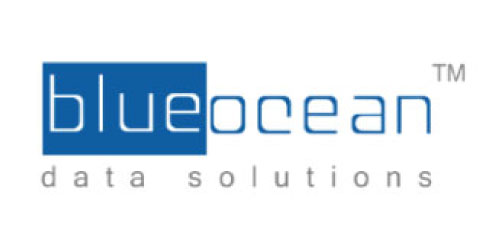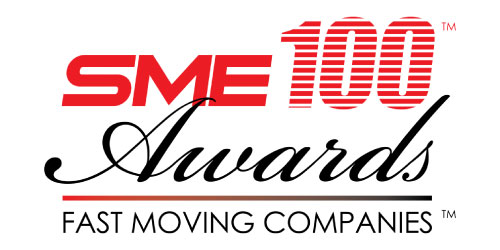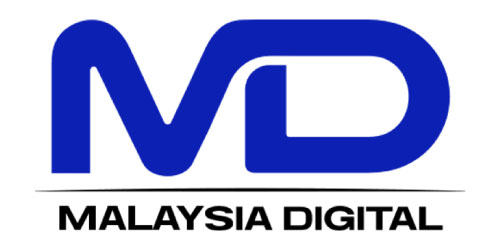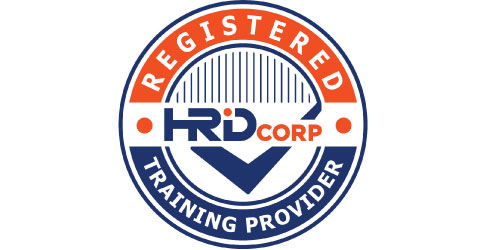Turning Data
Into Profits
Turning Data
Into Profits

Design of Experiments (DOE) is an off-line quality improvement methodology that dramatically improves industrial products and processes thus enhancing productivity and reducing costs. Input factors are varied in a planned manner to efficiently optimize output responses of interest with minimal variability.
This course will provide delegates with basic DOE knowledge & techniques that have been specifically designed to deal with common process optimization problems that encountered by engineers in industry. These techniques will be demonstrated by using JMP software with actual industrial data.
This practical course combines classroom teaching, practical exercises, and group discussion with actual factory based projects to provide a complete action learning experience. The course has been designed to enable all participants leave the training room with a set of new knowledge, tools, skills and direct experience of how to use JMP software to perform process and quality improvement in a real company setting.
Prerequisite: Statistical Data Analysis Through JMP software & Hypothesis Test, ANOVA & Regression Analysis
Training facilities: Computer installed with JMP software and LCD projector
DAY 1
Section 1: Introduction to Design of Experiment (DOE)
Section 2: Full Factorial Design & Response Optimization
DAY 2
Section 3: Screening Design
Day 3
Section 4: Response Surface Methodology (RSM)
Who should attend: Anyone who would like to understand and improve process design, such as engineers, scientists and Six Sigma practitioners.
Delivery: Classroom lecture, hands-on practice, simulation game, assignments and case studies.
Duration: 3 days (9am – 5pm)




Blue Ocean Data Solutions is a highly experienced company provides turnkey manufacturing solutions. With more than 10 years of experience serving a large customer base in manufacturing and hands-on expertise in programming, software and statistical data analysis combine with six sigma and lean manufacturing methodology, we assist our clients to solve complicated operation problems – yielding profitability increases and driving service and product delivery excellence.
Company
Contact Us